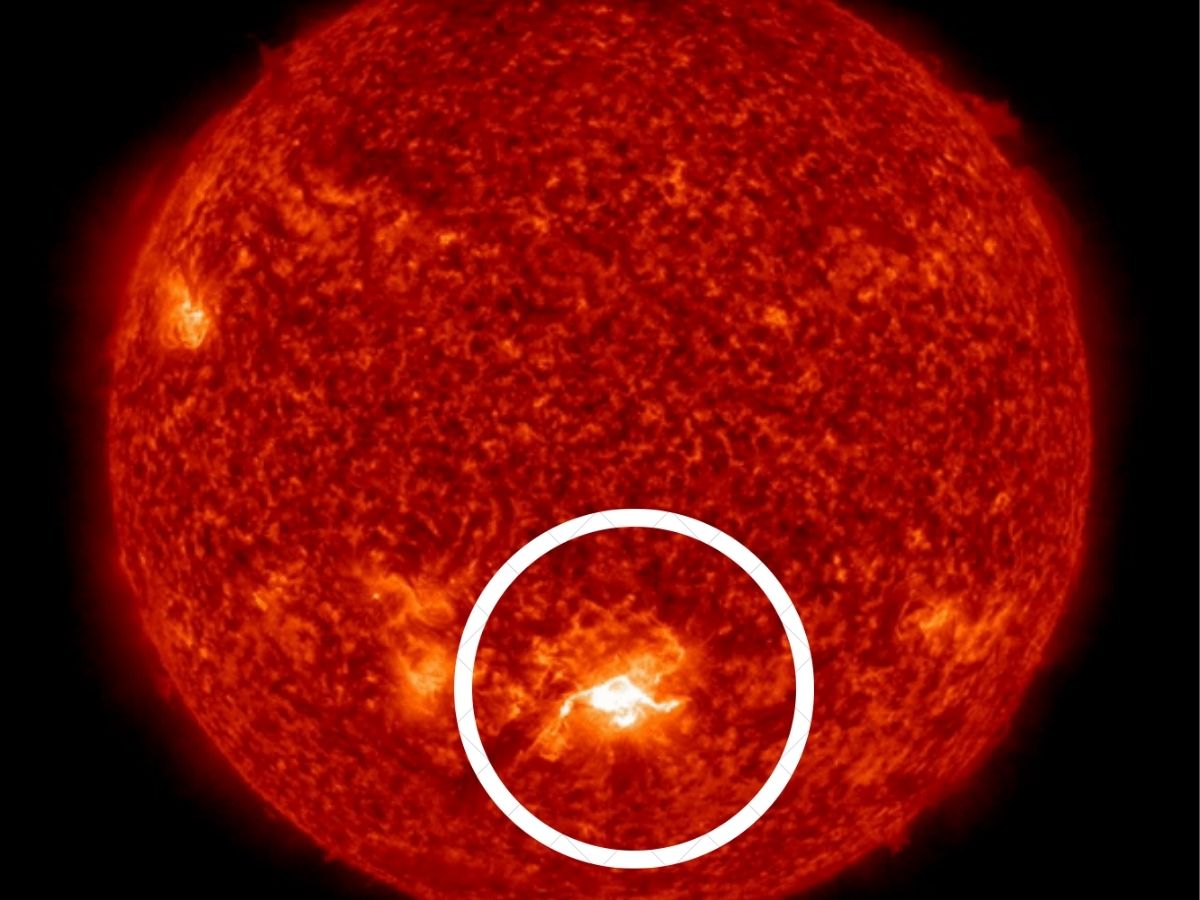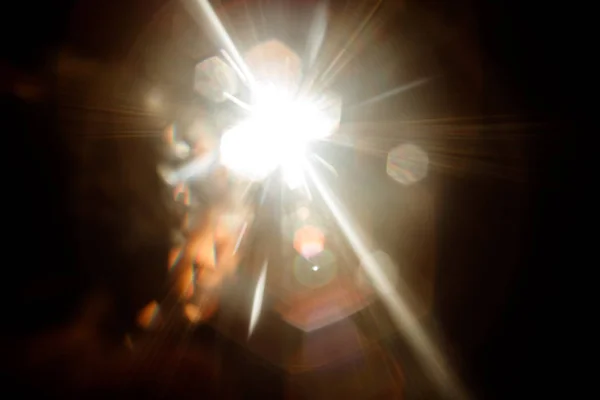

X is the most powerful class of solar eruption, but the number 1 indicates that it's the lowest intensity within that category. The space-weather branch of the National Weather Service classified Thursday's eruption as an X1 flare. This happens when the sun's twisted magnetic field lines tangle, reorganize, or cross over one another due to the constant movement of electrically charged gases on the star's surface.Earth's magnetic field channels charged particles from the sun towards the poles. Solar flares are caused when the sun suddenly releases a huge amount of energy from one particular spot.

Scientists also warned then of issues with power systems and other potential effects. The sun's recent activity comes after another geomagnetic storm that occurred earlier this month. In addition, an aurora-the captivating lights in the sky also called the Northern or Southern Lights-may be visible in latitudes as low as Pennsylvania to Iowa to Oregon. The center said that the potential effects of the storm could be that power systems will experience voltage irregularities that spacecraft might get confused as to which way up they are and that satellite navigation systems could also suffer errors.

Meanwhile, the NOAA's Space Weather Prediction Center has issued a warning for a strong geomagnetic storm that could hit Earth on Saturday, the day before Halloween. In a few more days we'll be looking 'right down the beam.'" "In the footage from the 25th-26th, it's pointed off to the side, so it's like looking at a torch or flashlight angled away from you. "As it rotates around toward us, we'll probably see an increase in flux and strengthening flares because we're looking more and more directly at it," Weissinger said. In any case, the flare was enough to cause an R3 "strong" radio blackout, according to the NOAA.Įxplaining whether the flares shooting out of the side of the sun in the SDO video could be linked to the ongoing activity we're experiencing, NASA solar video producer Scott Wiessinger told Newsweek that the same active region of the sun could produce more flares as it slowly turns toward Earth. Awesome Details About the Most Powerful Solar Storm in History.

Astronomers Find Evidence of a Planet Outside Our Galaxy for the First Time.A Sunspot Just Showered the Earth With Solar Flare X-Rays.


 0 kommentar(er)
0 kommentar(er)
